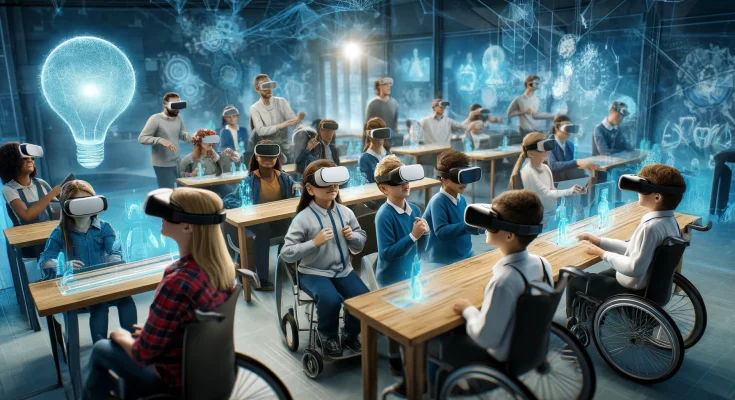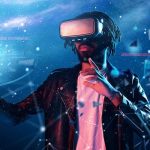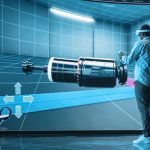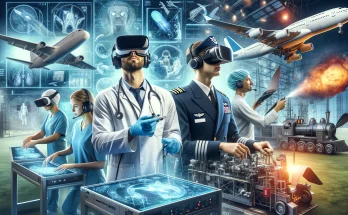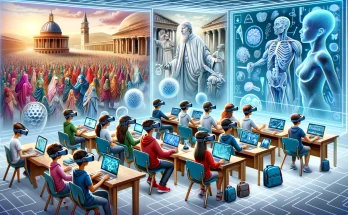Virtual reality (VR) is revolutionizing education by making it more accessible and inclusive. By transcending geographical and physical limitations, VR technology is opening up new avenues for students in remote areas and those with disabilities, ensuring they have access to quality educational experiences. This article delves into the various ways VR is democratizing education and the hurdles that need to be overcome.
Enhancing Accessibility with VR: Tailoring Experiences for All Users
VR is particularly effective in meeting the needs of users with disabilities. It can be equipped with adaptive features that cater to a range of impairments. For instance, VR applications can offer visual and auditory modifications to assist those with sensory disabilities. Features like text-to-speech and haptic feedback help visually impaired users navigate the virtual world more easily. Additionally, VR enables people with mobility issues to participate in activities that require physical movement, making learning experiences more accessible to everyone.
Global Reach: Connecting Students Across Distances
One of the standout benefits of VR in education is its ability to bridge vast distances, bringing high-quality educational resources to students in remote or rural areas. Through virtual field trips and interactive simulations, these students can explore global cultures and scientific phenomena just like their peers in more urban settings. This levels the educational playing field and enriches students’ learning experiences by providing them with the same quality of education, no matter where they are located.
Real-world Examples of Inclusive Education through VR
Educational institutions and companies are increasingly harnessing VR to foster more inclusive learning environments. For example, some programs use VR to teach sign language or to create simulated social interactions for individuals with autism, aiding them in developing necessary social skills. Universities are leveraging VR to set up virtual labs where students with physical disabilities can conduct experiments—a task that might be challenging in a traditional lab setting. These initiatives highlight VR’s ability to tailor educational experiences to fit the diverse needs of all learners.
Overcoming Challenges: Ensuring Broad VR Adoption in Education
Despite its benefits, the widespread integration of VR in education faces several obstacles. Technological limitations, such as the requirement for high-performance hardware and robust internet connections, can be daunting for schools in less affluent areas. The costs associated with VR gear and the development of specialized educational content can also be barriers. Furthermore, both students and educators must become comfortable with using VR technology—a process that involves a significant learning curve.
The Future of VR in Education
Virtual reality holds immense potential to transform the educational landscape, making learning experiences universally accessible and deeply engaging. However, to fully realize this potential, the educational community must address the technological and socioeconomic challenges that currently hinder VR’s widespread adoption. With ongoing innovation and strategic investments, VR can significantly narrow the educational divide, allowing every student to achieve their highest potential.
This vision for VR in education is not just about technology, but about creating a more equitable world where every learner has the tools they need to succeed.

